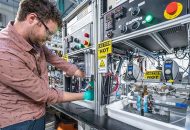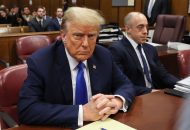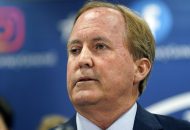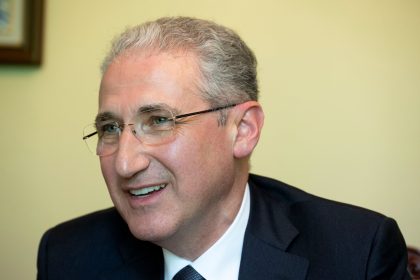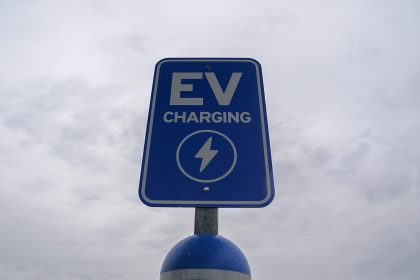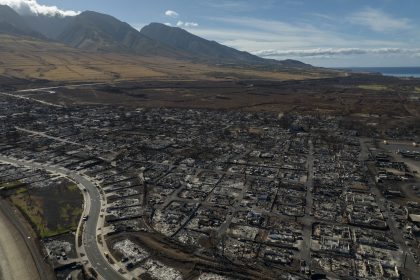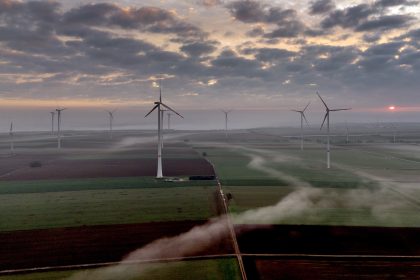Biden Orders Federal Vehicles, Buildings to Use Renewable Energy by 2050
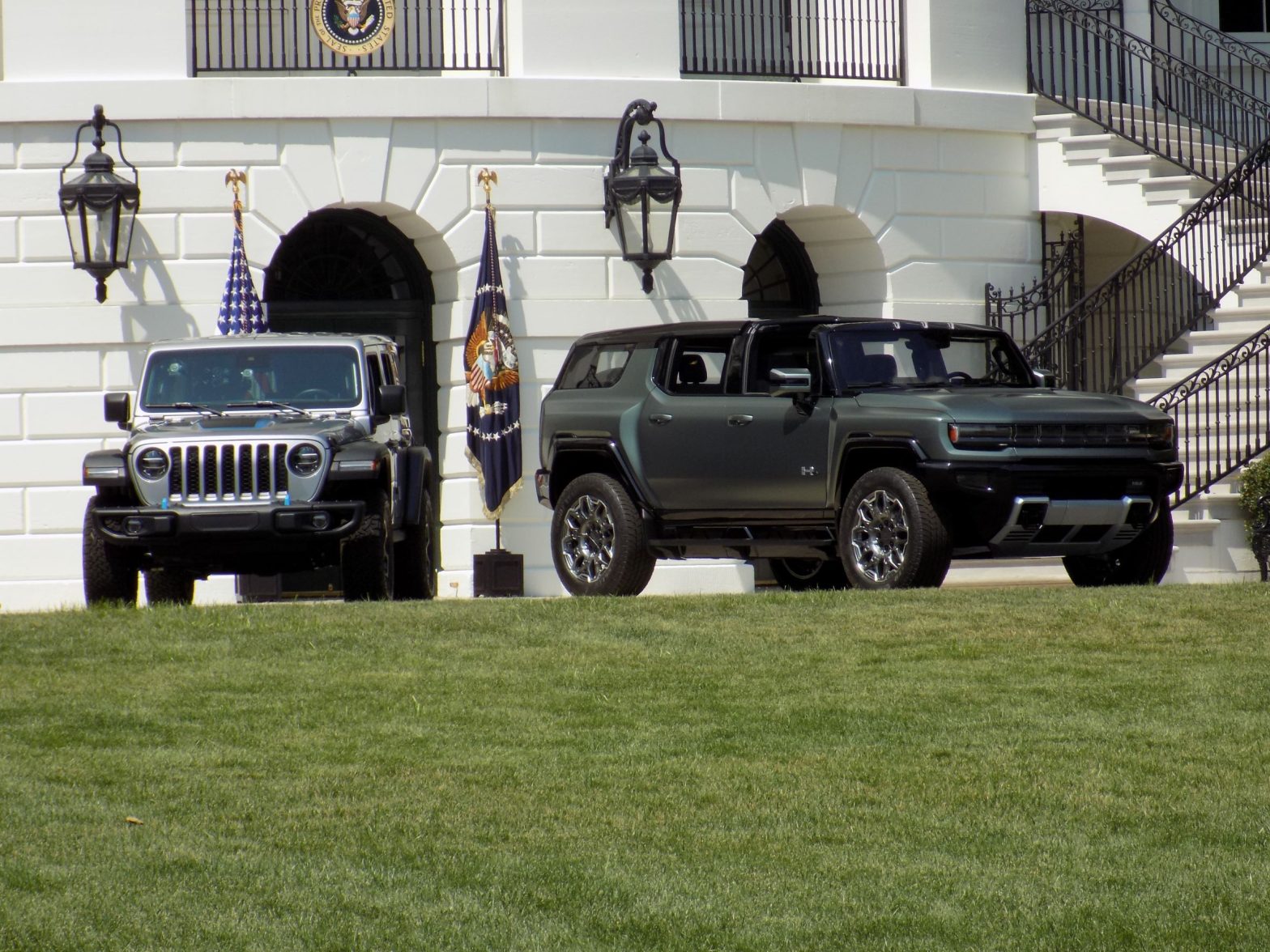
WASHINGTON — It wasn’t noted on his public schedule today, but President Joe Biden on Wednesday rolled out a plan to make the federal government carbon neutral by 2050.
“The federal government faces broad exposure to the mounting risks and costs already posed by the climate crisis,” the president said in an executive order signed Wednesday afternoon.
“In responding to this crisis, we have a once-in-a-generation economic opportunity to create and sustain jobs, including well-paying union jobs; support a just transition to a more sustainable economy for American workers; strengthen America’s communities; protect public health; and advance environmental justice,” he continued.
“As the single largest landowner, energy consumer and employer in the nation, the federal government can catalyze private sector investment and expand the economy and American industry by transforming how we build, buy and manage electricity, vehicles, buildings and other operations to be clean and sustainable,” Biden said.
“It is therefore the policy of my administration for the federal government to lead by example in order to achieve a carbon pollution-free electricity sector by 2035 and net-zero emissions economy-wide by no later than 2050,” he concluded.
The multi part “whole-of-government” executive order calls on federal departments and agencies to begin to transform their planning and procurement practices to meet that goal.
It’s no small order: The federal government owns something like 300,000 buildings, 600,000 cars and trucks, and spends in the multiple hundred billions of dollars on goods and services.
And the president wants to be aggressive in having it happen. In the executive order, Biden sets interim goals that include having the government purchase only green electricity, devoid of carbon dioxide and other greenhouse gases, by 2030.
He’s also calling for federal buildings to cut their emissions in half by 2032, and down to zero by 2045.
Joshua Freed, senior vice president for climate and energy at Third Way, a centrist Democratic research group, said in an email to The Well News that combined with the bipartisan infrastructure package and Build Back Better Act, “it’s like a combination left hook, right hook, uppercut to support American competitiveness.”
“So, the timing — after Congress passed one bill and just as it is considering the other, makes a lot of sense,” Freed said. “By leveraging the purchase power of the federal government, the president is signaling to the private sector, if you make clean products — especially if they’re made here in the U.S. — we’ll buy them. Much of the world, including China and the European Union, are moving in that direction already. It is in our national interest for America’s security, economy, and also for our health and climate.”
The executive order also established multiple working groups under the White House Council on Environmental Quality and the Office of Management and Budget, including the Buy Clean Task Force that will monitor and make recommendations regarding pollutants in the construction materials the federal government uses.
It will also work to increase transparency of embodied emissions in construction materials and strive to support domestic manufacturers who produce low-emissions products.
In addition, the task force will recommend pilot programs that incentivize federal procurement of construction materials with lower embodied emissions.
Other task forces include: 100 Percent 24/7 Carbon Pollution-Free Electricity; Zero-Emission Vehicle Fleets; Net-Zero Emissions Buildings; Net-Zero Emissions Procurement; and Climate Adaptation and Resilience.
“Through a whole-of-government approach, we will demonstrate how innovation and environmental stewardship can protect our planet, safeguard federal investments against the effects of climate change, respond to the needs of all of America’s communities, and expand American technologies, industries and jobs,” Biden said.
Michael Panfil, director of climate risk strategies at the Environmental Defense Fund, said the new executive order “includes some of the most important priorities for addressing the climate crisis.”
“This order commits to a number of sustainable investments and will result in a federal government entirely powered by carbon-free electricity by 2035,” Panfil continued. “It means all new federal cars will be zero-emission by 2027 and all new federal vehicles — including heavy-duty trucks — will be zero-emission by 2035. The order will cut the government’s climate pollution by 65% by 2030, launch a ‘Buy Clean’ initiative so the government prioritizes buying products that are made and shipped with the lowest possible levels of climate pollution, and improve climate resilience for all federal operations and buildings. All of this will spur actions that can serve as a model for state and local governments, businesses and private citizens.
“The purchasing power of the federal government makes it a powerful step toward protecting the health and safety of all Americans,” he said.
Dan can be reached at [email protected] and at https://twitter.com/DanMcCue










